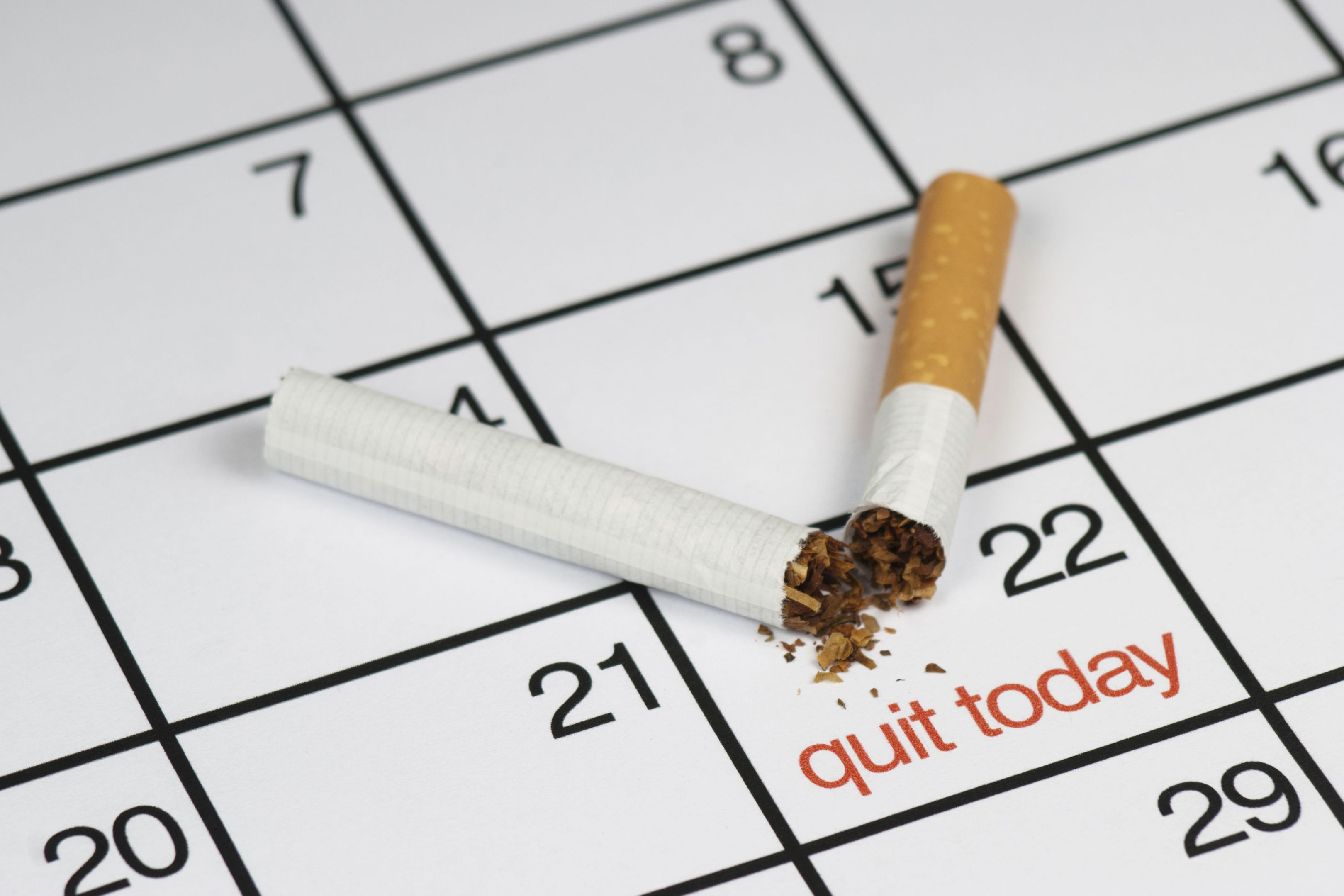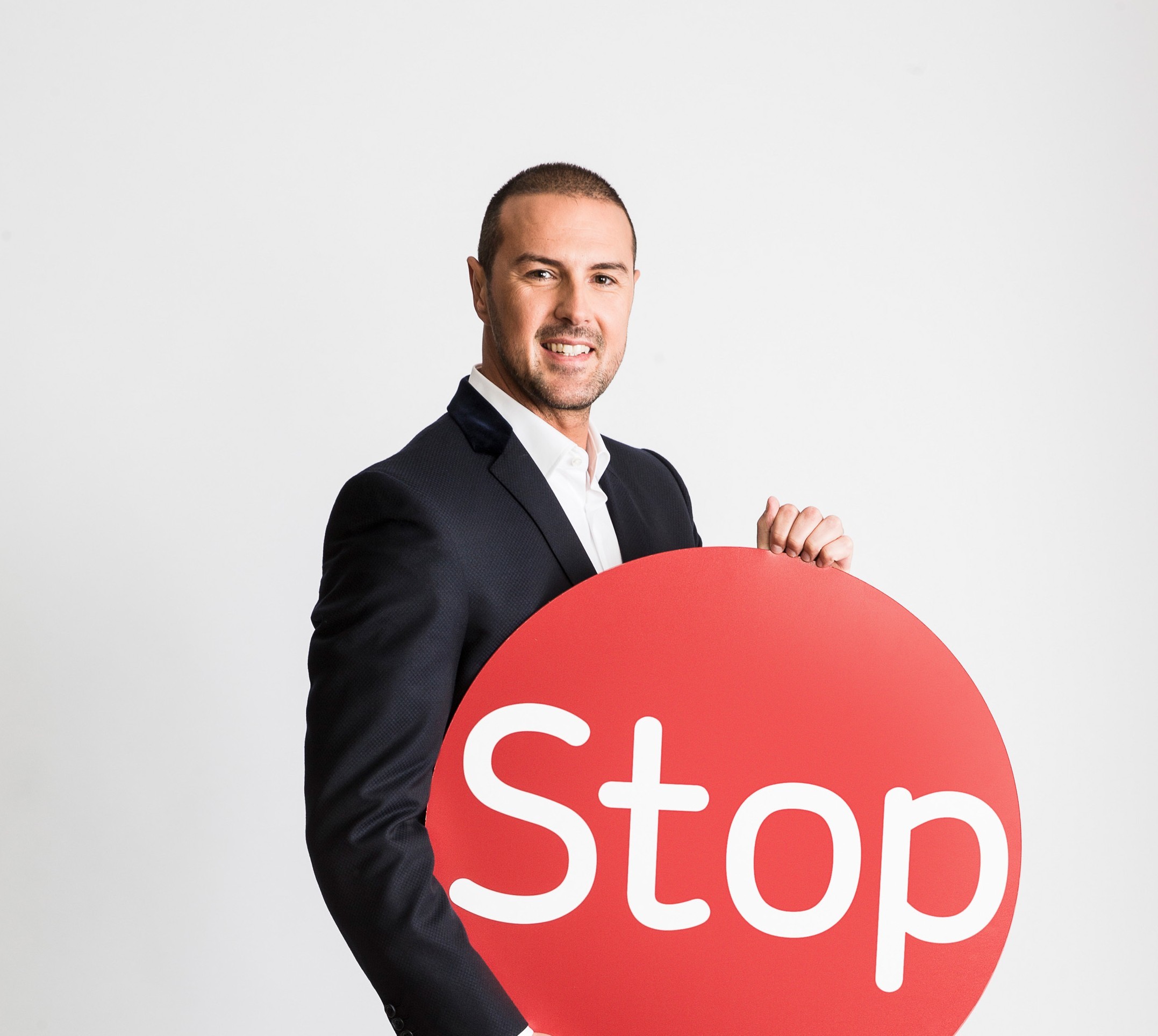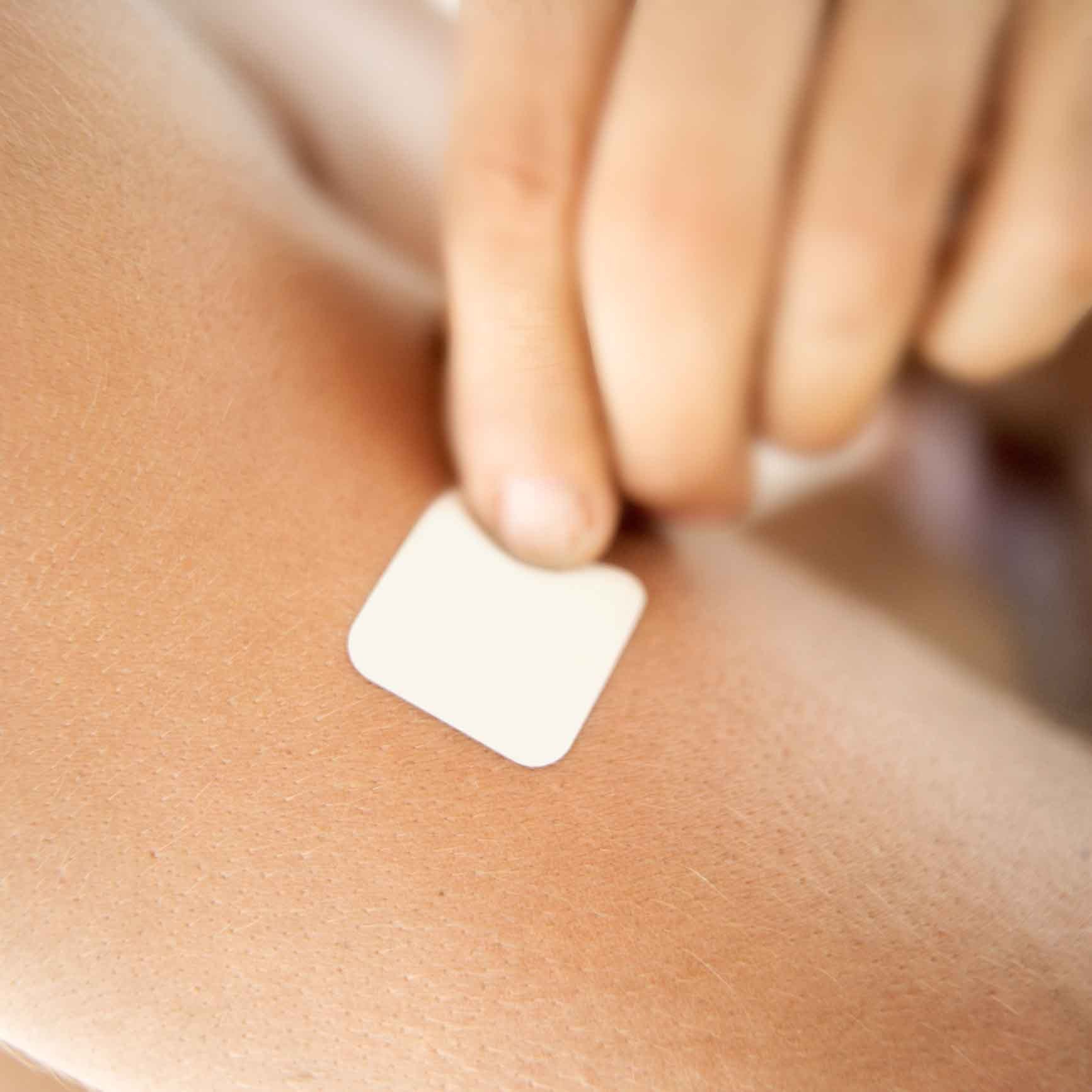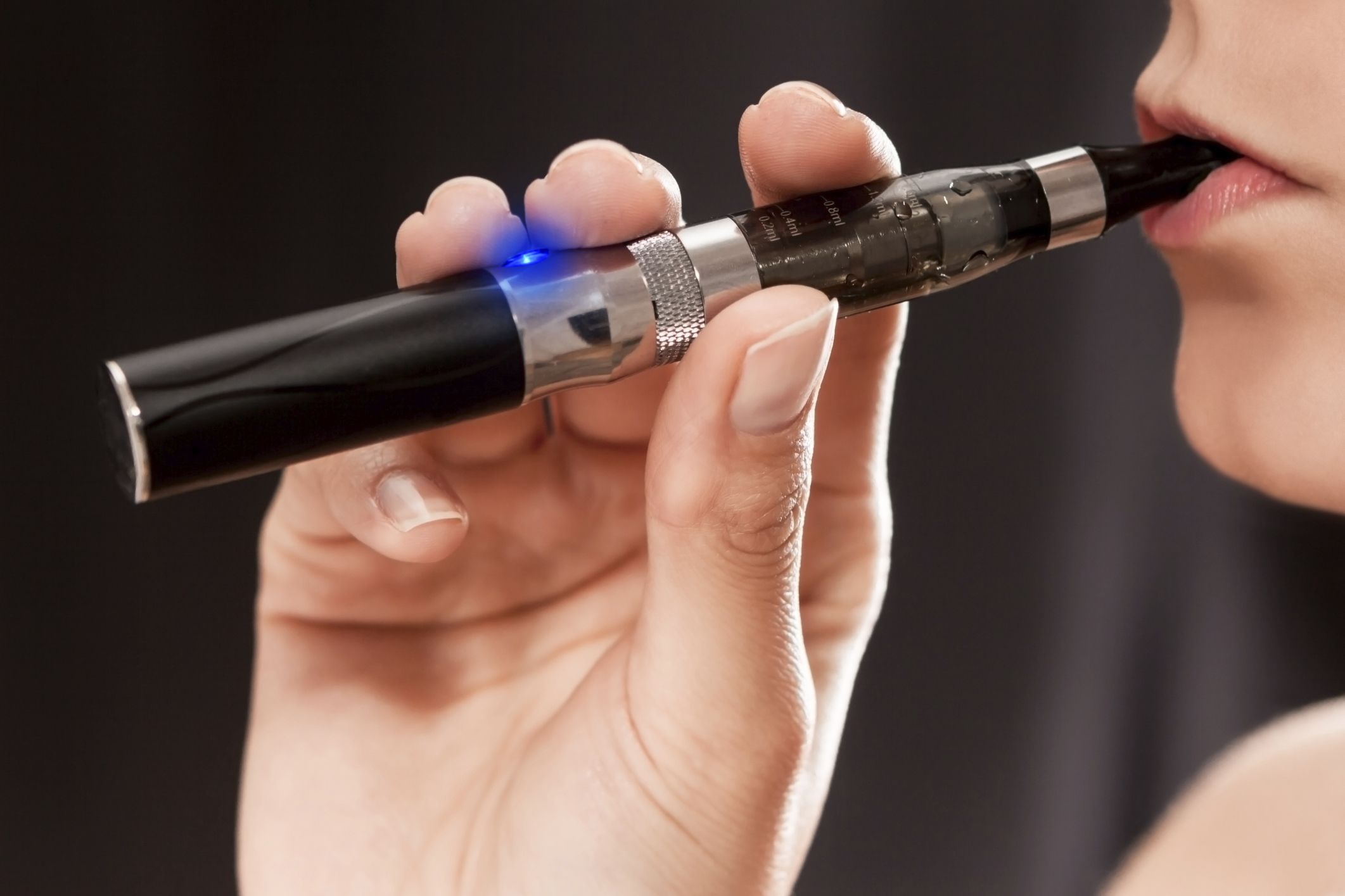Stoptober is in full swing, helping smokers quit for good. We reveals our top tips for stubbing out.
BE PREPARED
The key to quitting for good is to make a plan that works for you, advises the NHS Smokefree campaign. To help you get motivated, think about the benefits of stopping smoking, like better health for you and your family, and saving lots of money.
:: Write down your top three reasons for quitting and put them in a place where you’ll see them every day – like on the fridge.
:: Choose a date to quit and commit to it.
:: Think about how you’ll deal with tempting situations and what you’ll say if someone invites you to have a cigarette.
CHANGE YOUR ROUTINE
Many smokers can’t resist a fag when they’re having a drink, so if that’s you, you’ve got a much better chance of quitting successfully if you avoid the pub. Nobody’s saying don’t ever drink again, just do something else until you’ve mastered this non-smoking lark and your cravings have eased. Also, put the money you save from not smoking (and briefly not drinking) in a jar, watch it mount up and buy yourself a big treat with it at the end of a successful Stoptober.
LAUNCH A DOUBLE ATTACK
Studies show you’re up to four times more likely to quit successfully if you use a combination of stop smoking medicine and specialist help and support.
Professor John Britton, director of the UK Centre for Tobacco and Alcohol Studies, agrees that a two-pronged approach to quitting has the most chance of success.
“The best way to quit is to combine pharmacotherapy – nicotine replacement therapy (two forms – patch and short-acting, such as inhalator, or if smokers prefer, patch plus personal vapouriser), or varenicline tablets – with behavioural therapy from a trained counsellor, such as those working for NHS Stop Smoking Services.”
FIND HELP
Don’t do this alone. Local NHS Stop Smoking Services provide expert advice and support to help you quit for good. They offer free one-to-one support, usually starting a few weeks before you quit, and advisers can help keep you on the no-smoking road, and even measure your carbon monoxide levels and show you how it drops to the same level as a non-smoker’s just 24 hours after your last cigarette. The service can also offer stop smoking medicines. Find details of your local service at www.nhs.uk/smokefree
THE DRUGS DO WORK
Stop smoking medicines, including Champix tablets (varenicline), Zyban tablets (bupropion), and nicotine replacement therapies (NRT), such as patches, gum, lozenges, microtabs, inhalators and nasal sprays, can really help quitters manage nicotine withdrawal symptoms. They’re available on prescription, and NRT can also be bought over-the-counter from pharmacies and supermarkets.
E-CIGS OR GUMS?
They’re still slightly controversial (with many experts calling for better regulation for them), but a large University College London study earlier this year did seem to support the use of e-cigs, showing that people attempting to quit smoking without professional help are around 60% more likely to succeed if they use e-cigarettes than if they use willpower alone or over-the-counter NRT such as patches or gum.
Call the free Smokefree national helpline on 0300 123 1044, or order a free Quit Kit from quitnow.smokefree.nhs.uk/





